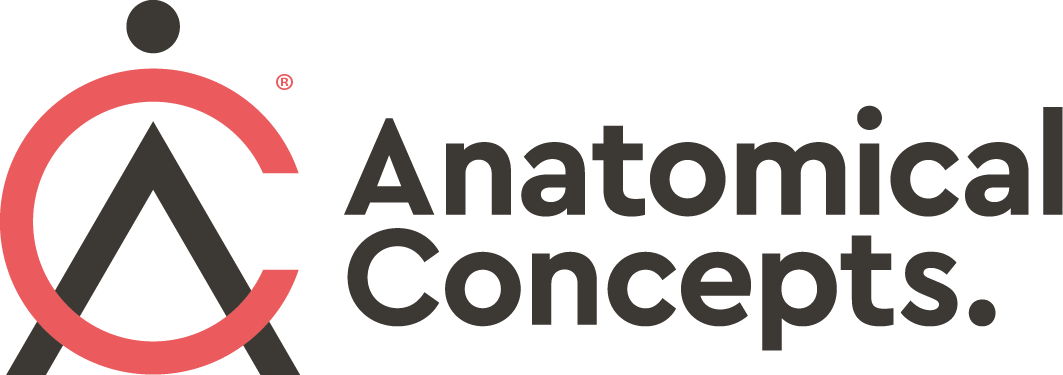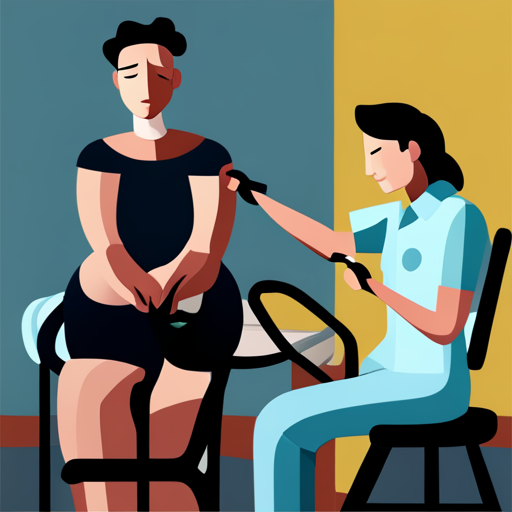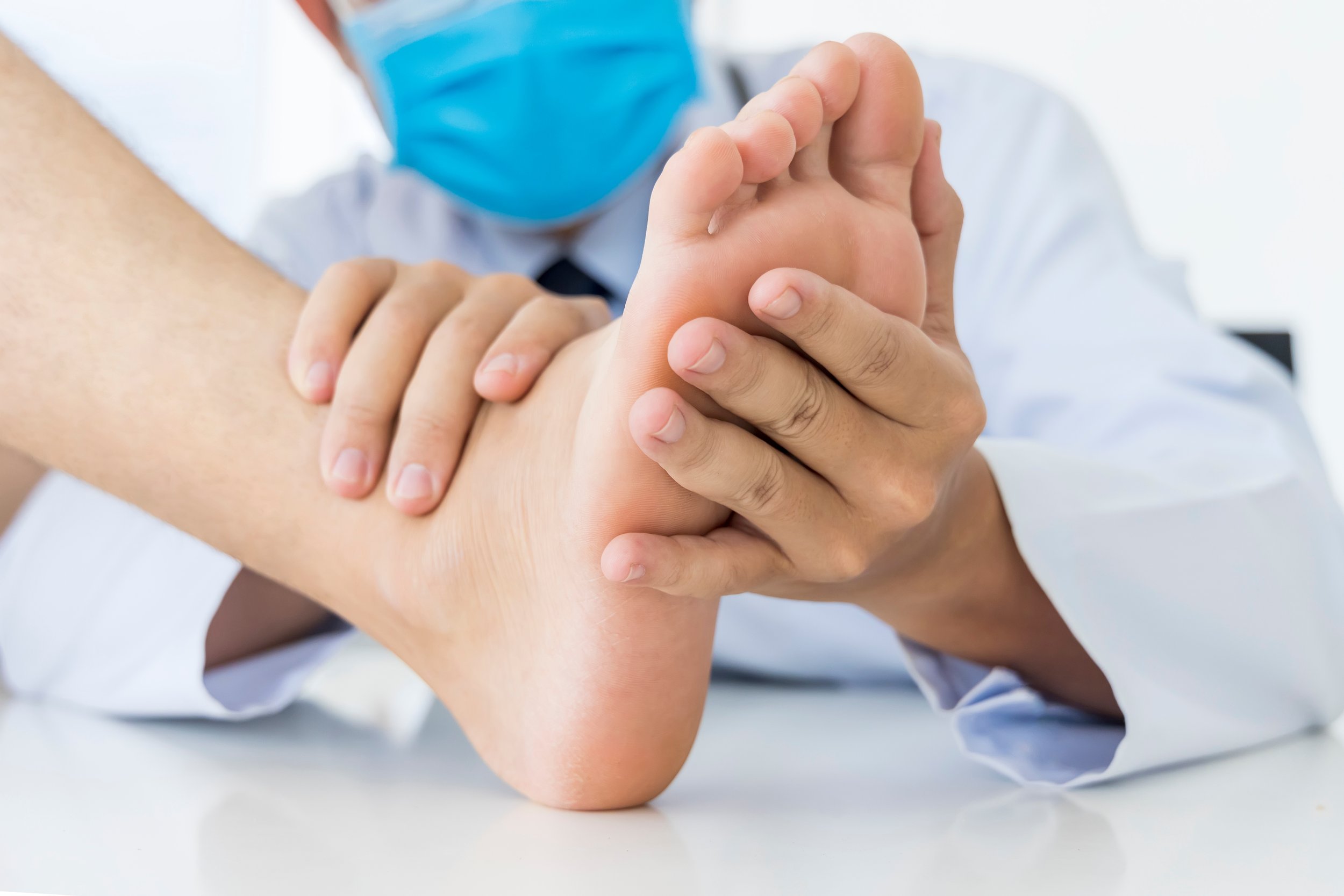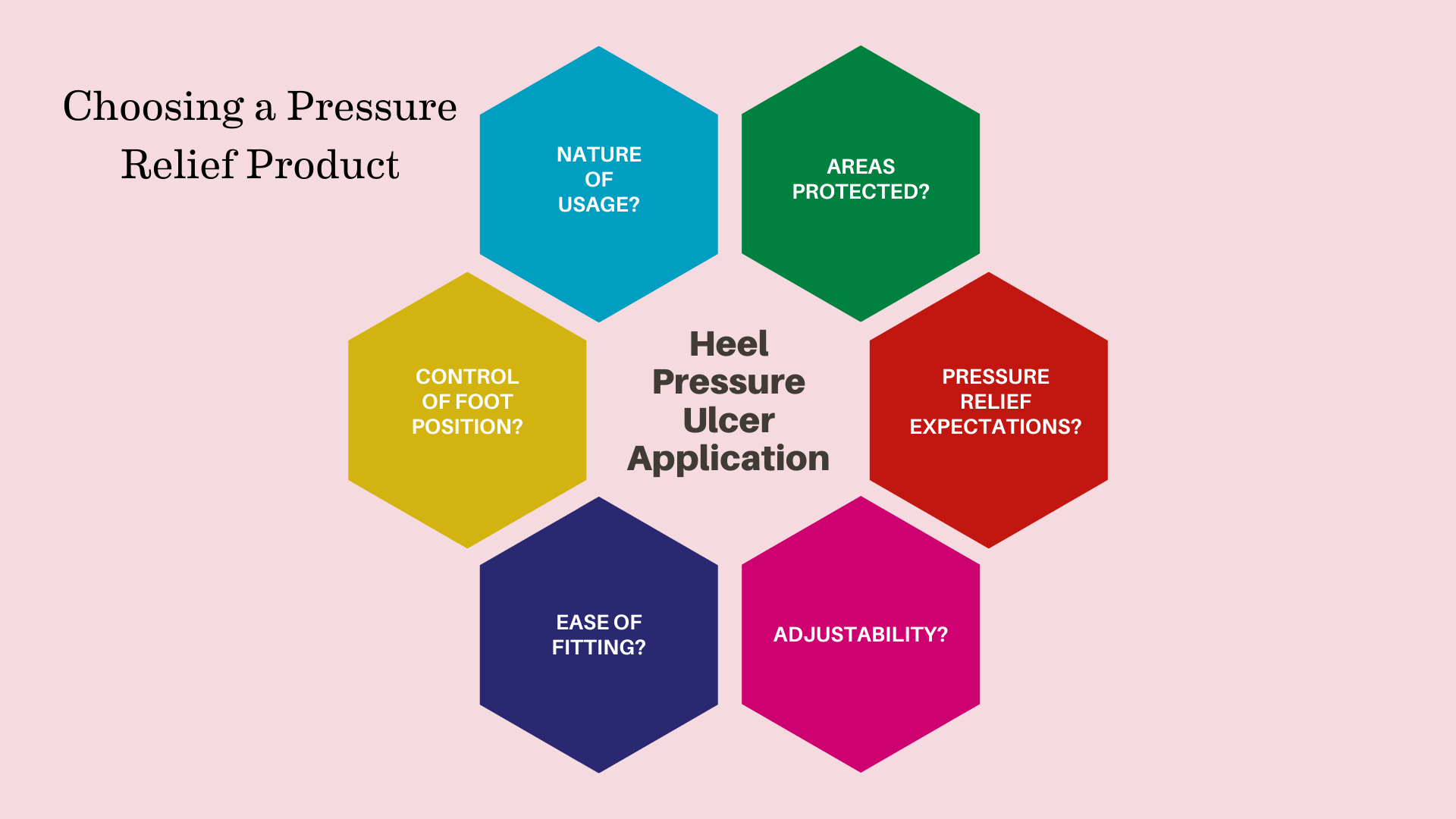Articles
Filter by Topic
- Adaptive Sport 1
- Artificial Intelligence 1
- Bike Labyrinth 3
- Bone density 1
- Brachial Plexus 1
- Bridging the Gap 1
- Bridging the Gap 1
- Carbonhand 4
- Cardiovascular 1
- Client Stories 4
- Cognition 1
- Company Updates 3
- Decision Making 1
- Dementia 1
- Denervation 21
- Diabetic Foot 12
- Efficiency 1
- Electrotherapy 27
- Exercise Benefits 28
- FES Cycling 9
- Functional Electrical Stimulation (FES) 52
- Gait 2
- Goal Setting 5
- Grip 3
- Healthspan 2
- Indego 13
- Lifestyle 8
- Lower Motor Neuron 1
- Mobility 17
- Motivation 2
- NMES 1
- Nerve injury 1
- NexStride 1
- Occupational Therapy 1
- Orthotic 15
- PRAFO 22
- Pain 5
- Parkinsons 2
- Pressure Ulcers 10
- Product Updates 7
- RISE Stimulator 9
- Safety 2
- Sponsor 1
- Standing 4
- Stimulette den2x 5
- Support 1
- TENS 1
- Technology 17
- Tek RMD 21
- Tips and Gadgets 4
Article Length
- 1 minute read 3
- 10 minute read 9
- 11 minute read 6
- 12 minute read 7
- 15 minute read 6
- 18 minute read 1
- 19 minute read 1
- 2 minute read 4
- 26 minute read 1
- 27 minute read 1
- 28 minute read 1
- 3 minutes read 9
- 4 minute read 34
- 5 Minute read 12
- 6 minute read 6
- 7 minute read 13
- 8 minute read 4
- 9 minute read 3
- FES 2
- FoG 1
- PRAFO 1
- Seven Minute Read 1
- awareness 1
- carbonhand 2
- cognitive 1
- cues 1
- freezing gait 1
- freezing of gait 1
- gait 1
- neurological 1
- neuroplasticity 1
- nexstride 2
- occupational therapy 1
- occupational therapy day 1
- orthopaedics 1
- orthotic 1
- parkinson's 1
- pressure 1
- pressure relief 1
- prevention 1
- rehabilitation 2
- stroke 1
- ulcers 1
- world stroke day 1
Rehabilitation for Spinal Cord Injury:
Experiencing a spinal cord injury (SCI) can be life-altering and poses significant challenges in everyday life. However, with comprehensive rehabilitation and the right support, restoring some functionality, independence, and an enhanced quality of life is not just a dream, but a realistic goal.
This article shines a light on the journey of SCI rehabilitation, highlighting the array of specialised strategies and programs that are designed to cater to the unique needs of each. It discusses the limitations of state healthcare and alternative resources, such as private therapists and rehabilitation facilities, while also highlighting the importance of early personal injury legal advice in negligence cases. The piece underscores the impact of rehabilitation on physical and psychological well-being and advocates for a multidisciplinary treatment approach.
How the Tek RMD is tailored to you
The Tek RMD is a great use of robotic technology. The product allows persons with lower limb paralysis or weakness to get out of their wheelchair with very little effort, and then stand in a great posture whilst being able to move around. It’s not an alternative to a wheelchair or a replacement for a wheelchair but it does offer a unique complement to one. Sitting in a wheelchair all day is not great for health and standing is obviously desirable in many practical and social situations.
What is not so obvious at a glance is that each Tek RMD is capable of being adjusted to suit a wide range of statures. The cosmetic bodywork covers the means to adjust the product and we cant generally make major adjustments on site.
In this article we cover what measurements we use to adjust the Tek RMD to the individual user
How are spinal cord injuries classified?
A spinal cord injury can be a life-changing event that no one is ever prepared for. Medical science has learned a great deal about how to treat the short-term consequences of a spinal cord injury. In the longer term, the imperative is to recover whatever function can be recovered through focusing on rehabilitation. Assistive technology can help to compensate for function that cannot be recovered. By preventing complications and striving for health, individuals can expect to enjoy good quality and length of life.
The mindset, attitudes and beliefs of the injured person and those around them will have a great impact on their potential for recovery, but there are limits to how far ‘belief’ will take them. Just believing that something is possible is not enough to make it so. We live in an age when technology, therapy and medical science can help individuals recover more function or at least remain healthier than would have seemed impossible just a few years ago. Whilst there is no cure yet for spinal cord injury, this no longer seems an impossible dream.
Every spinal cord-injured person faces a different challenge as they essentially have injuries with somewhat different characteristics. To deal with this, medical science has sought to find a way to classify spinal cord injuries in a way that helps to guide treatment, and to some extent, define the expectations for recovery. This article examines how spinal cord injuries are classified.
Is Electrical Stimulation Safe?
Electrical Stimulation Therapy has established itself as a substantial tool in physical therapy. Applications such as Transcutaneous Electrical Nerve Stimulation (TENS) units and Electrical Muscle Stimulation (EMS) devices have demonstrated substantial effectiveness in improving overall function.
However, the application of electrical stimulation requires stringent safety measures. Assessing patient history, establishing clear treatment objectives, verifying equipment certification, and checking for any contraindications are essential steps to ensure safe and effective treatment. The presence of conditions such as pregnancy, wounds or scars in the electrode area, metal or active implants, and skin diseases may require careful evaluation before proceeding.
Proper patient education on equipment use, along with professional supervision, helps to maximise the benefits while minimising potential risks. Overall, when applied correctly and tailored to individual needs, electrical stimulation can significantly contribute to enhancing rehabilitation outcomes.
An Innovative Orthotic Product for the Prevention and Treatment of Equinus Contracture
In this article, we have outlined the implications of equinus contracture, a condition that often affects stroke patients and can cause significant physical disability. We've addressed the limitations of commonly used orthotic solutions and introduced the 654SKG DDA Orthosis, a dynamic device designed to prevent and even reverse heel contractures.
This orthosis ensures tissue health and corrects biomechanics, making it a valuable tool for various clinical applications. The article also provides guidelines for its proper use and stresses the importance of consulting with healthcare professionals before starting to use any device for the treatment or prevention of equinus contracture.
How to Choose the Best Heel Protectors for Pressure Ulcer Prevention or Treatment
Pressure ulcers, sometimes known as pressure sores, or bedsores, can be a serious health concern for those who are bedridden, have limited mobility or have additional medical risk factors such as diabetic foot disease.
Even though we know what causes pressure ulcers, and recognise that prevention is best, they still cost the NHS £3.8 million per day to treat.
Heel protectors are an important tool in preventing and treating these pressure sores, but, with so many options available, it can be difficult to know which ones are best for your needs. This guide will help you choose the best heel protectors. It's probably not as straightforward as you might have thought.
As you might expect, we will describe why the PRAFO range of ankle-foot orthoses ranks as the market leader for this type of product because of how they manage the broadest aspects of risk.






